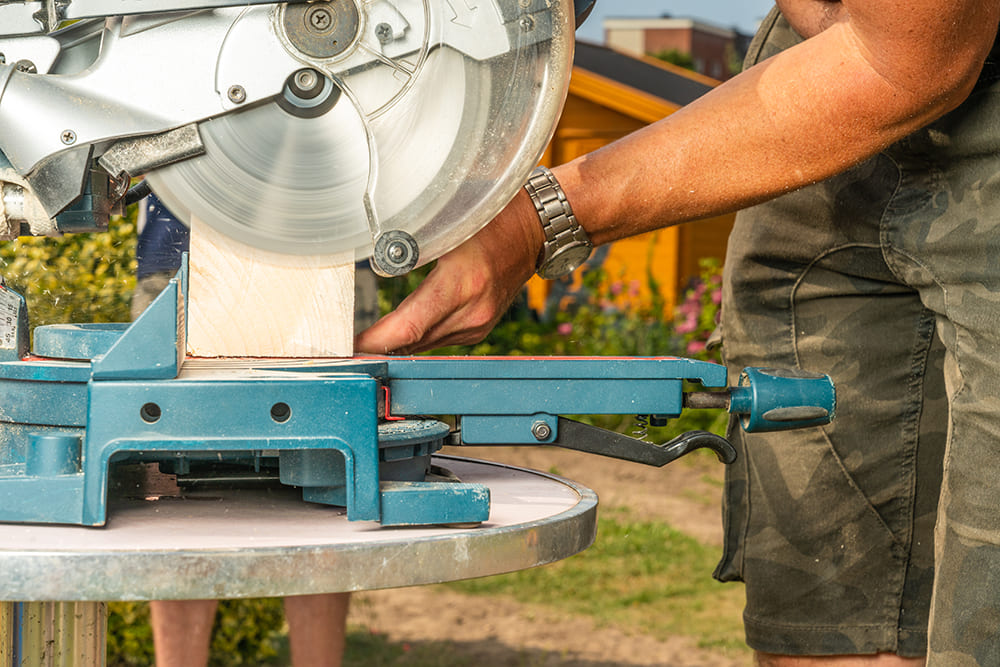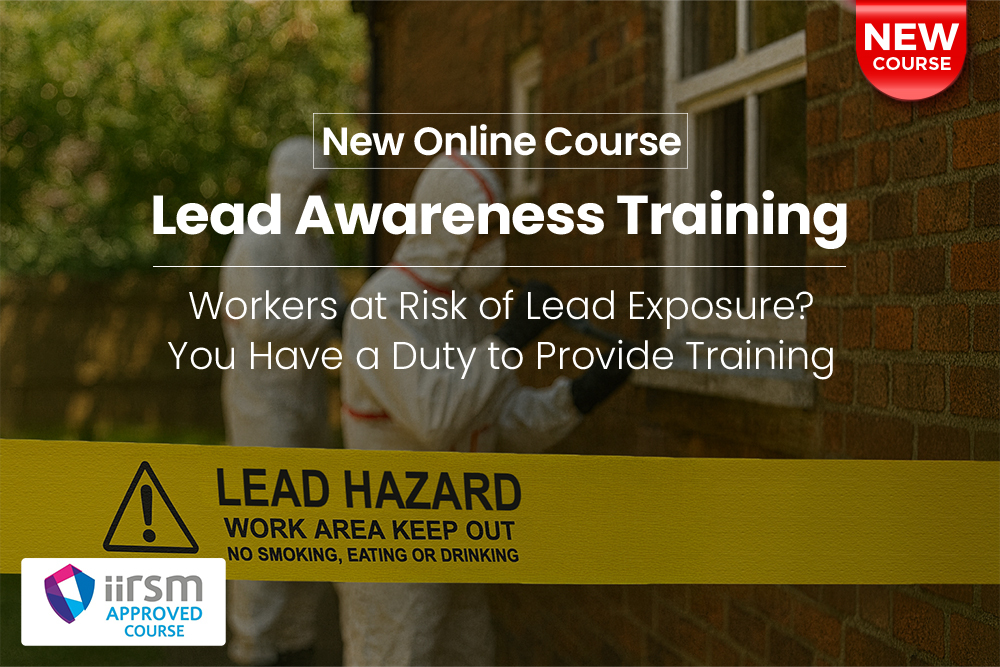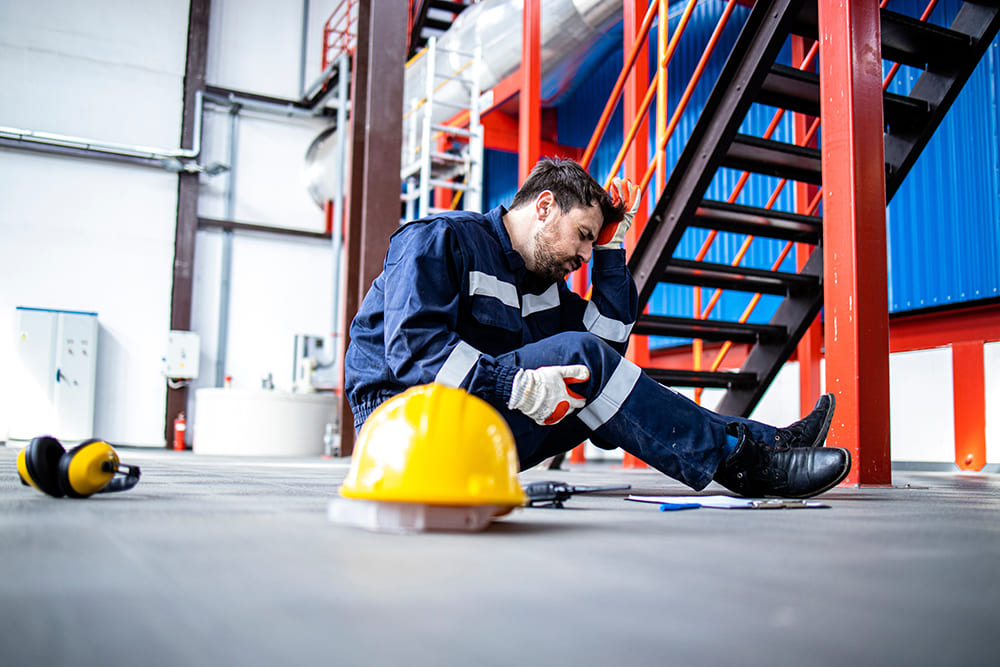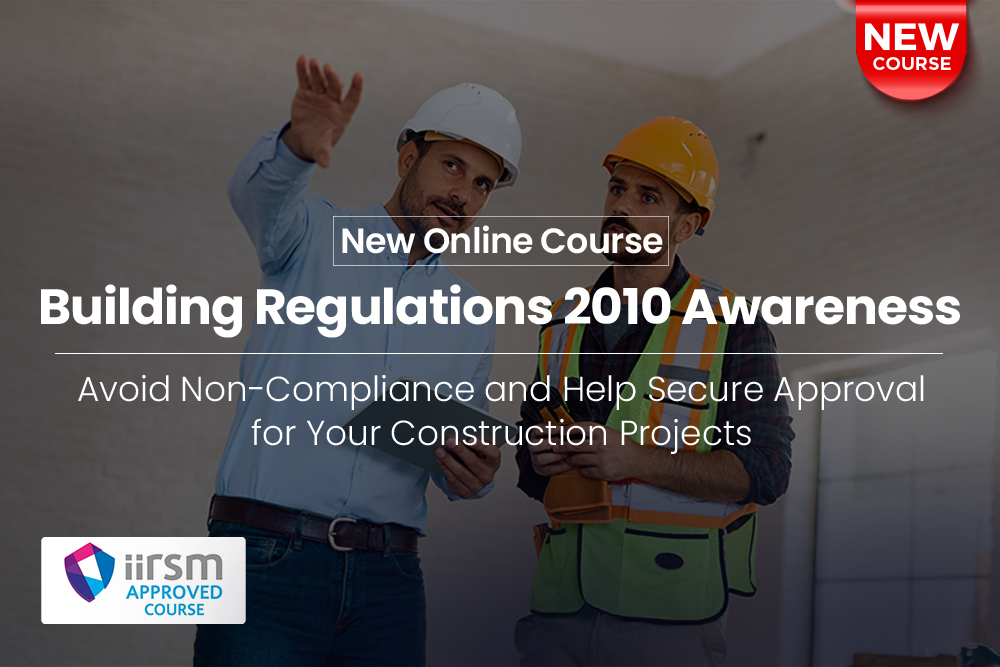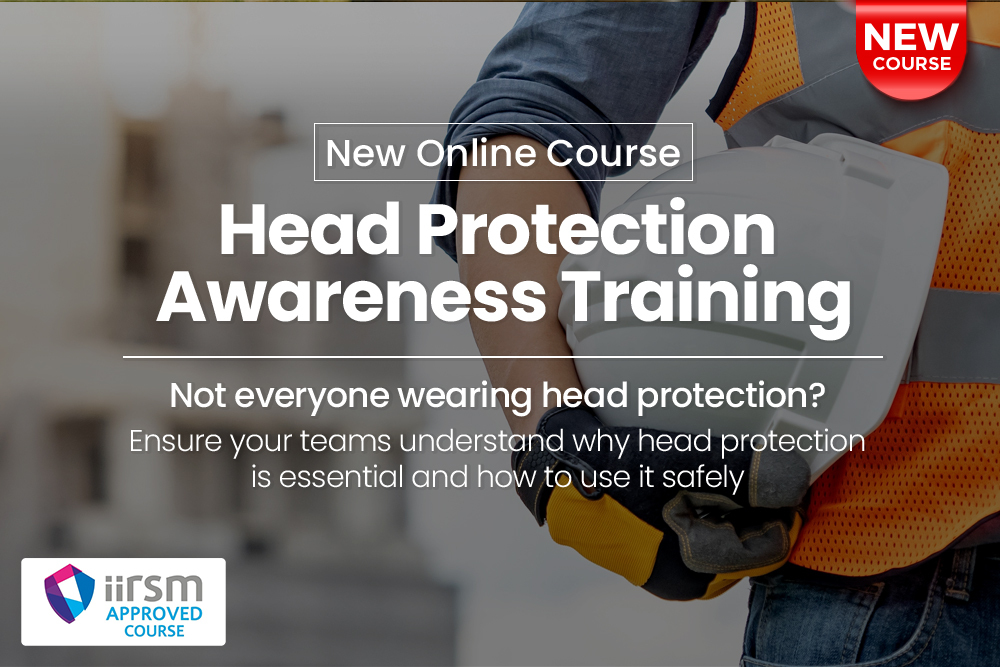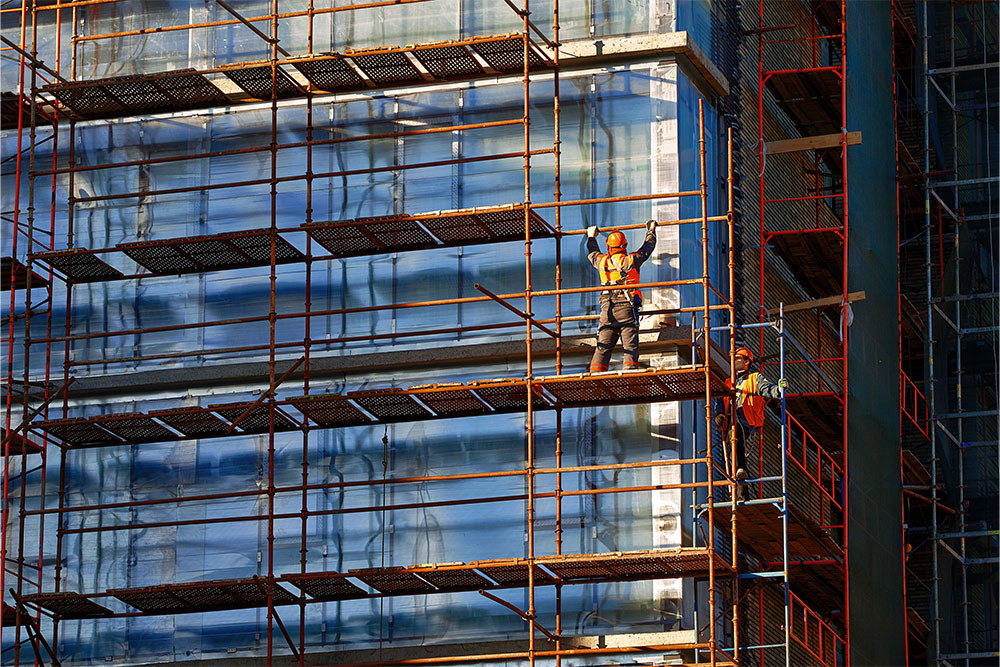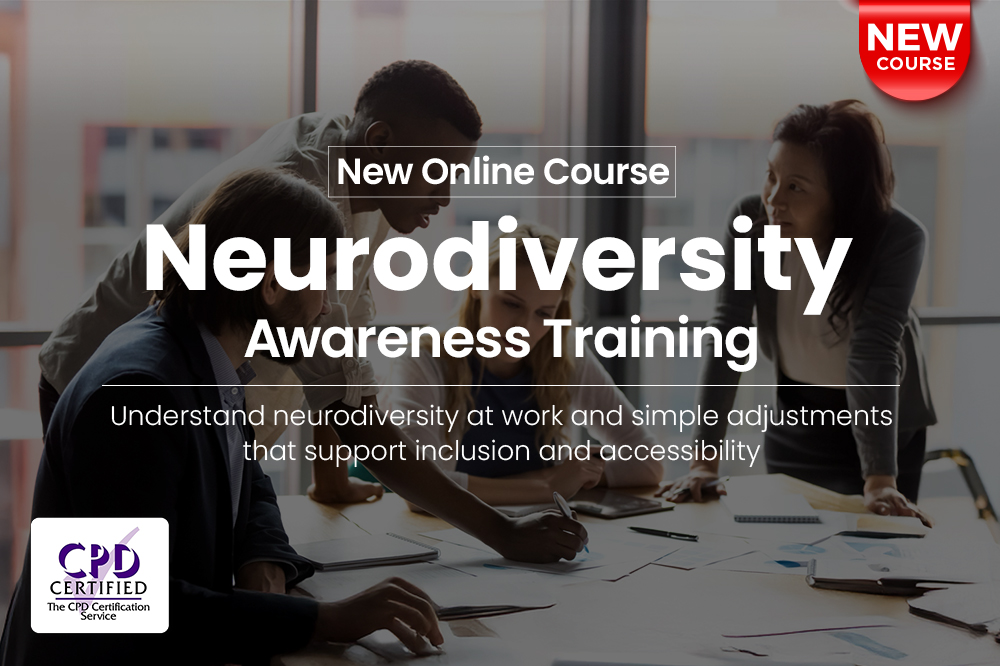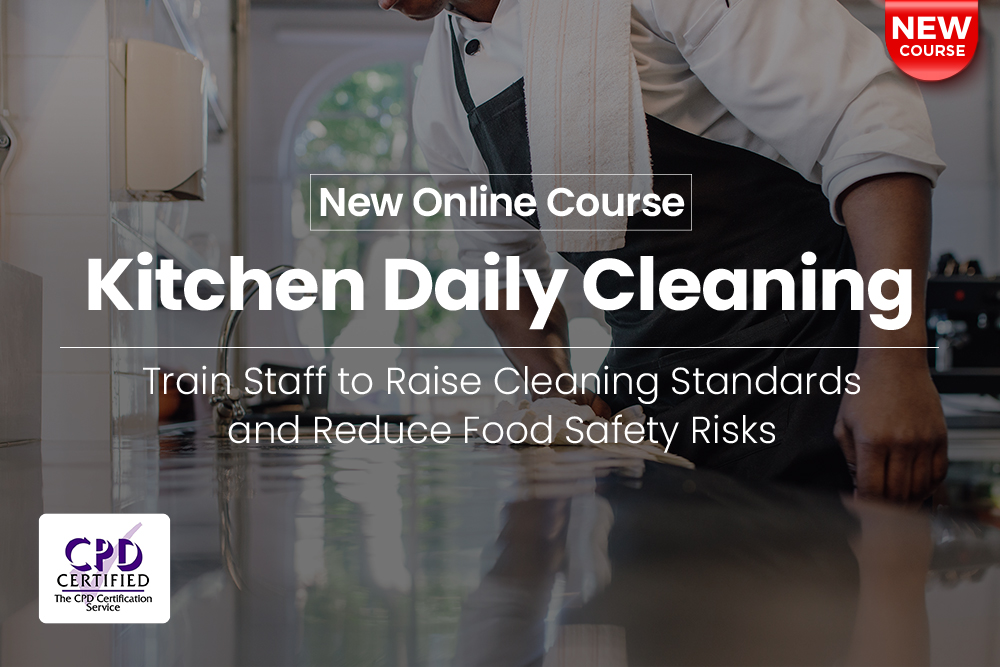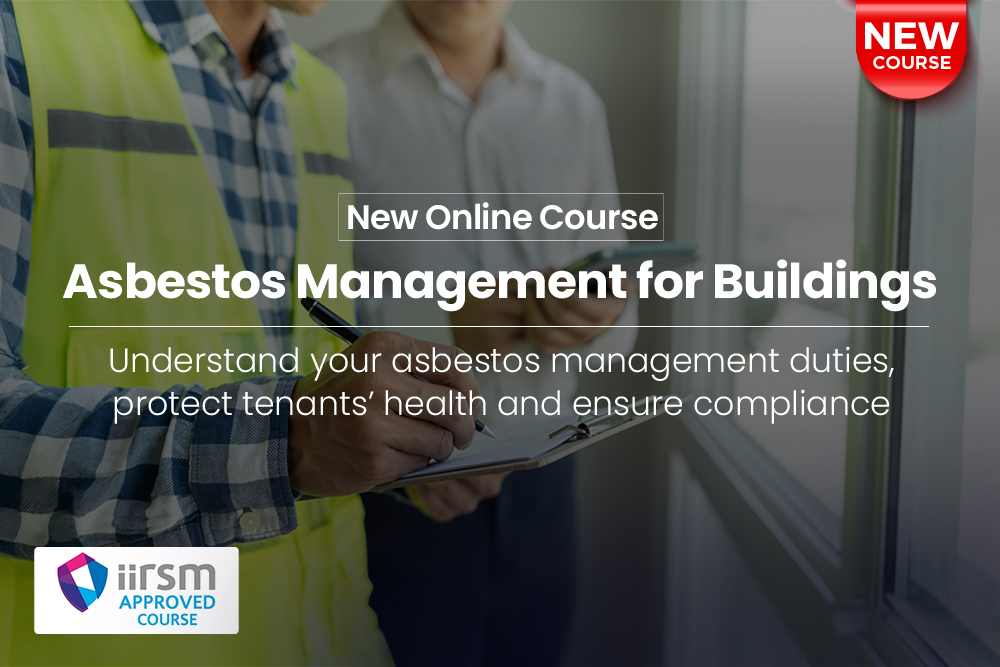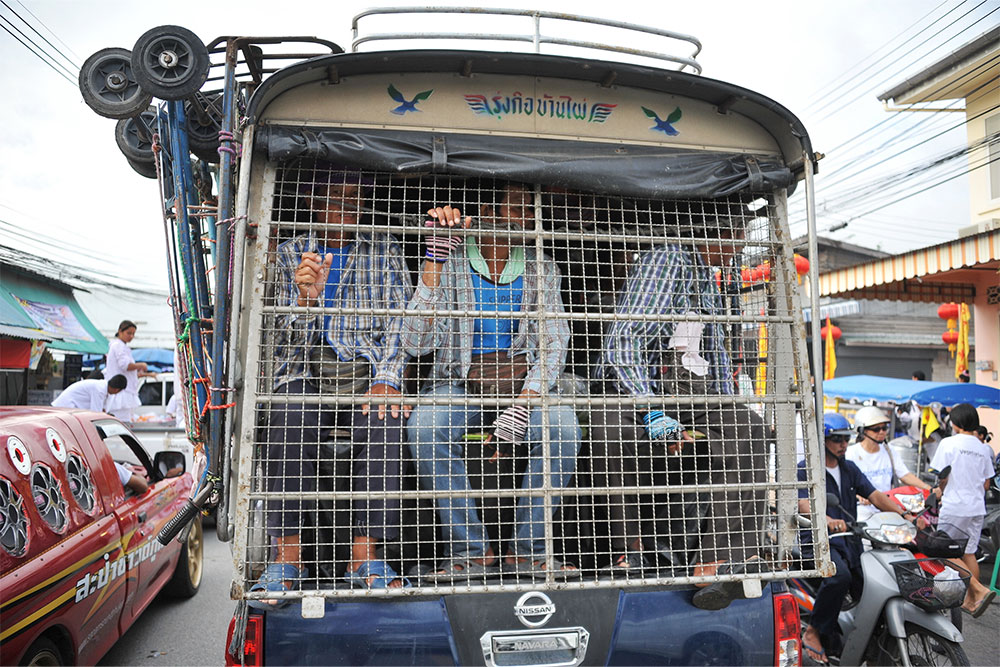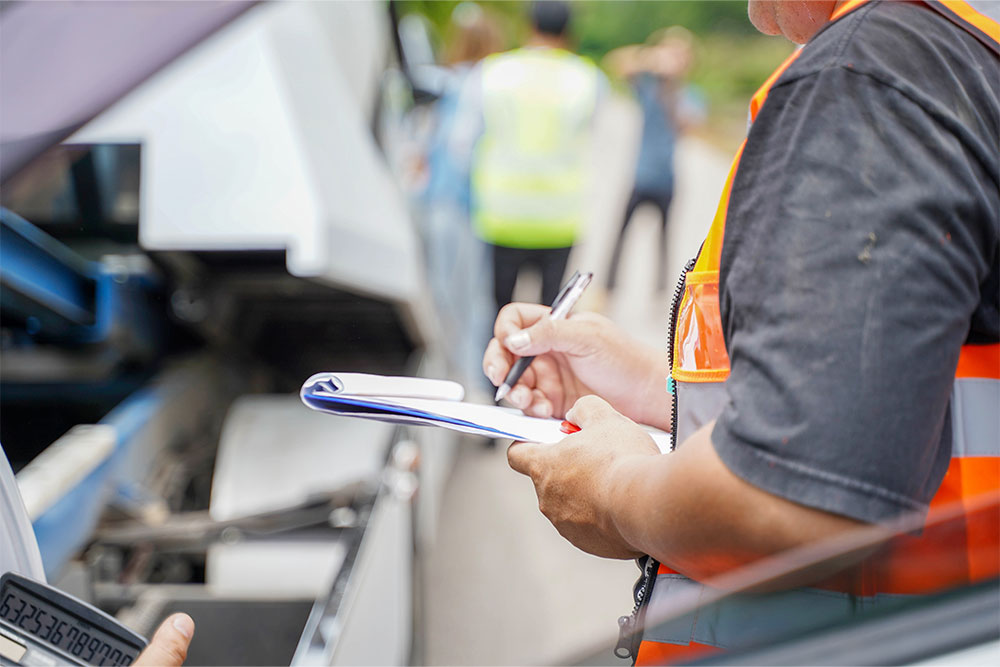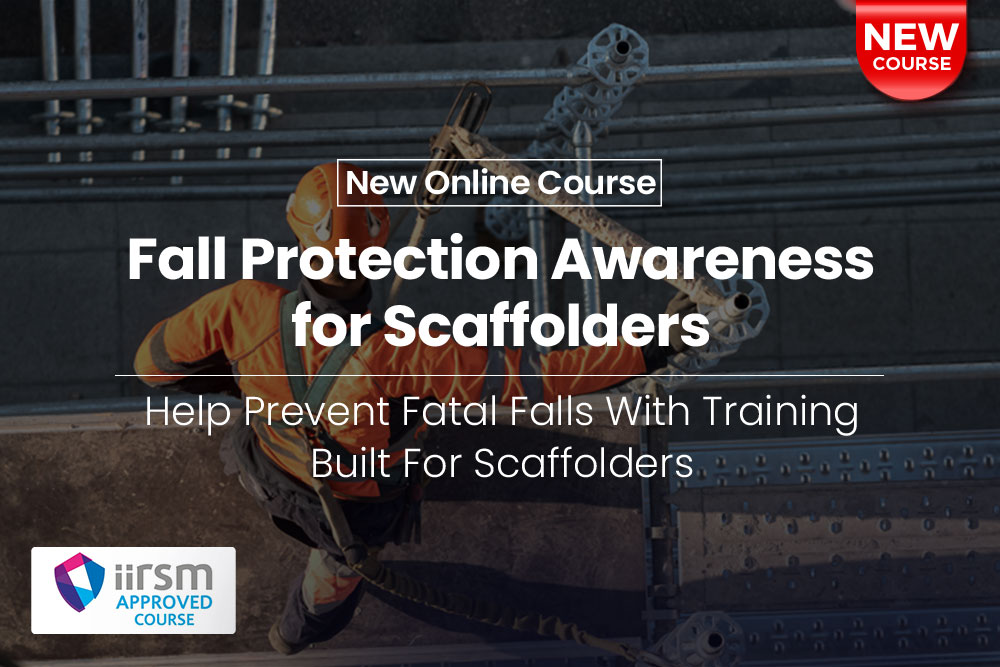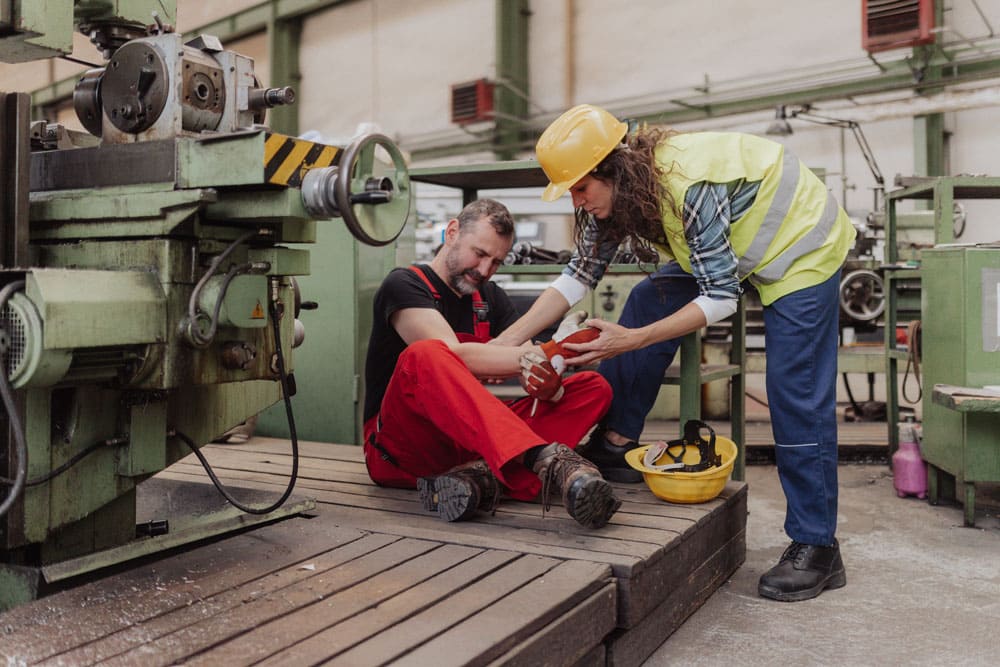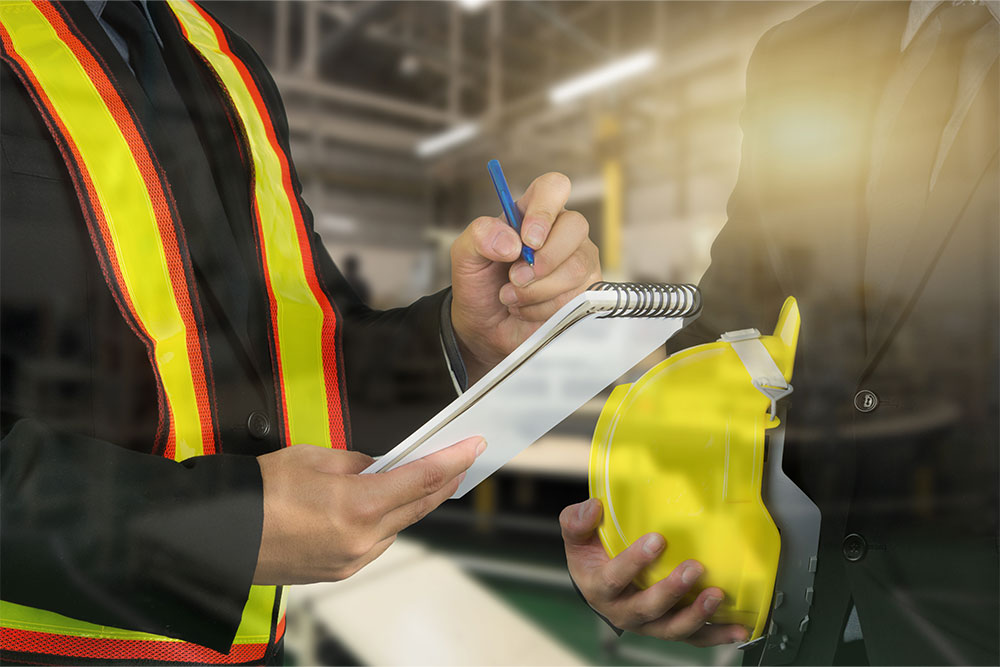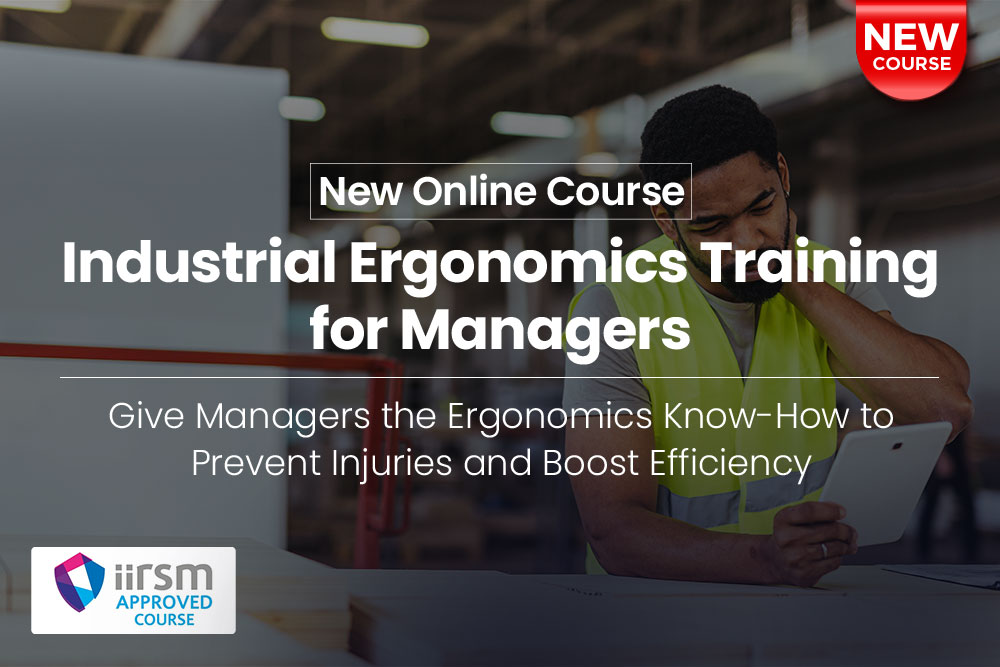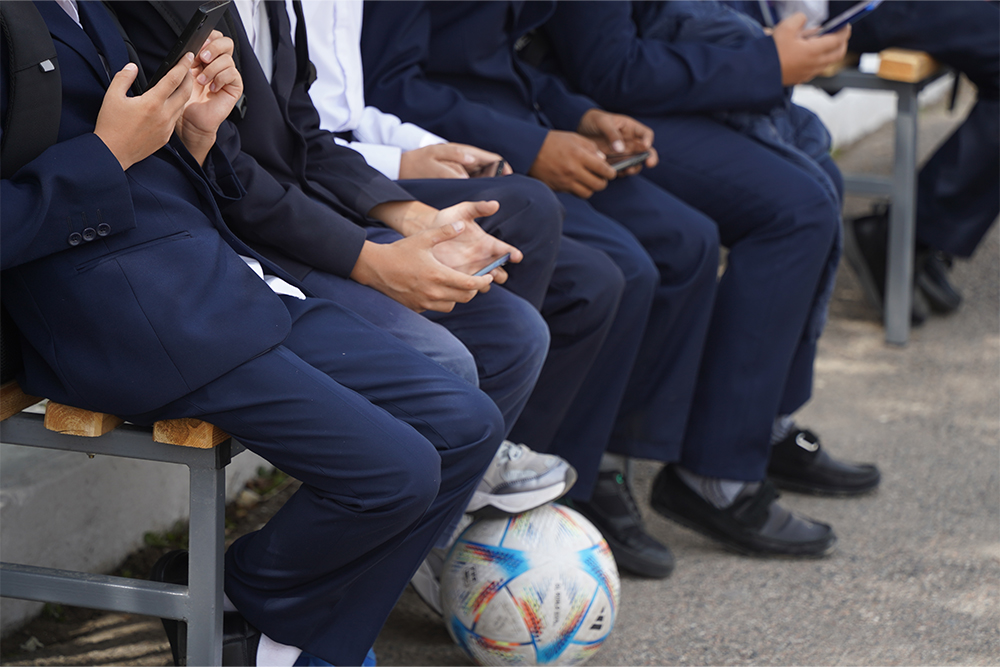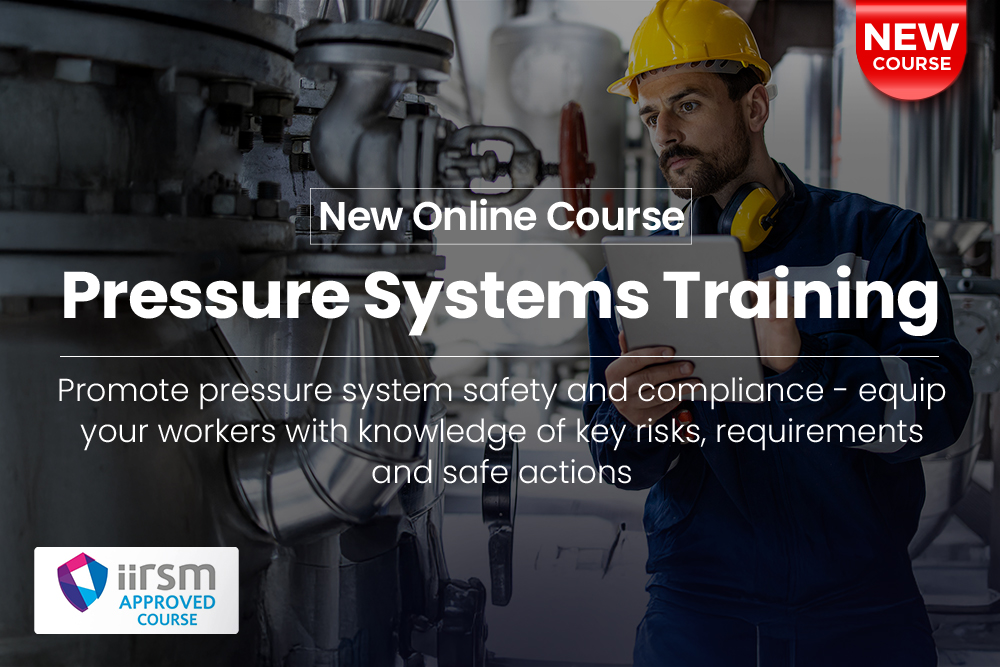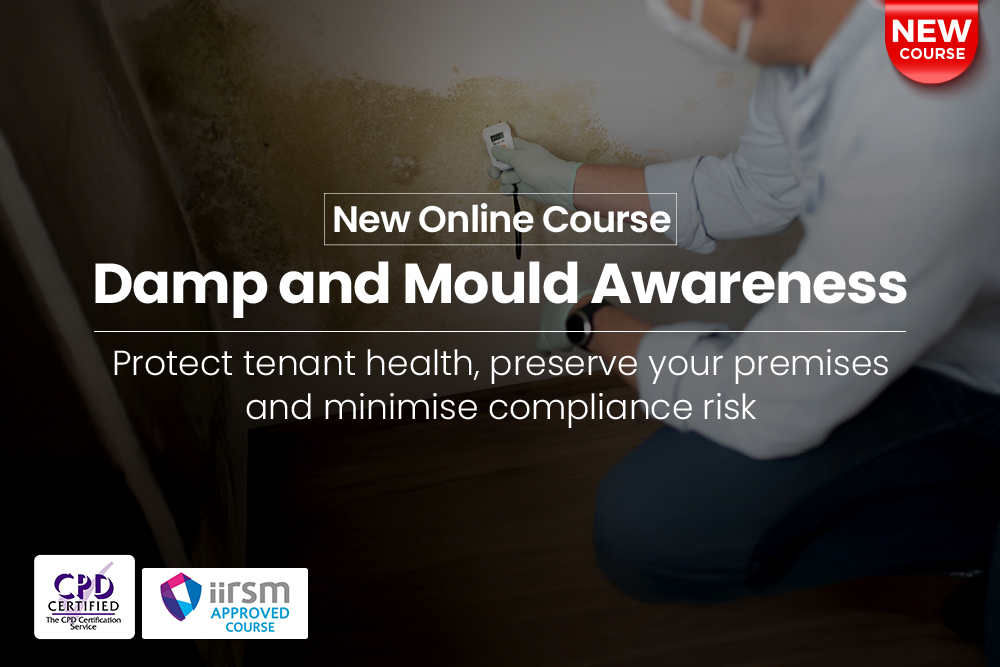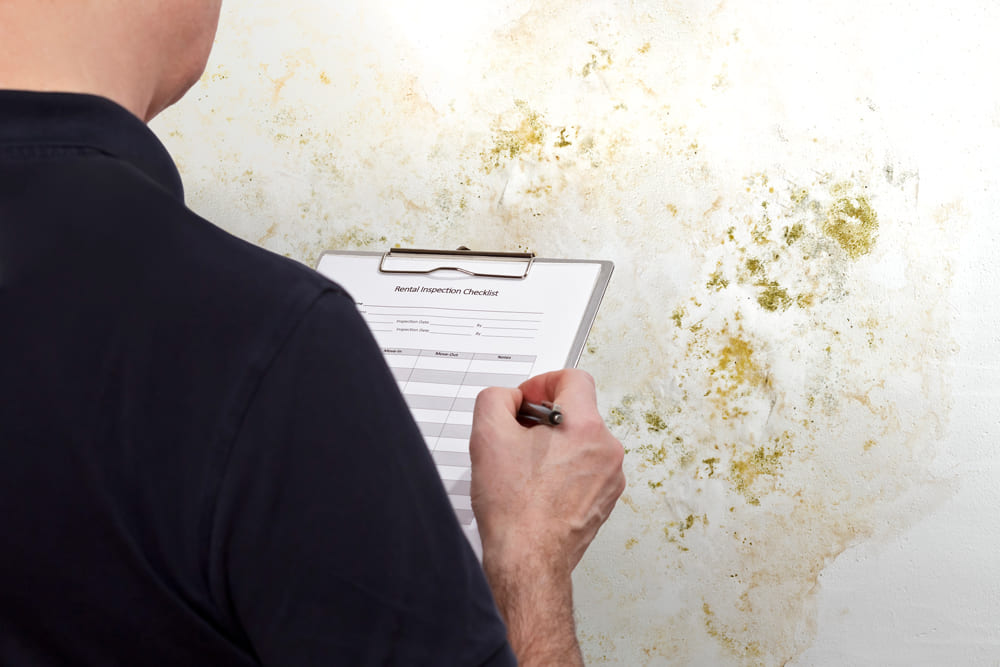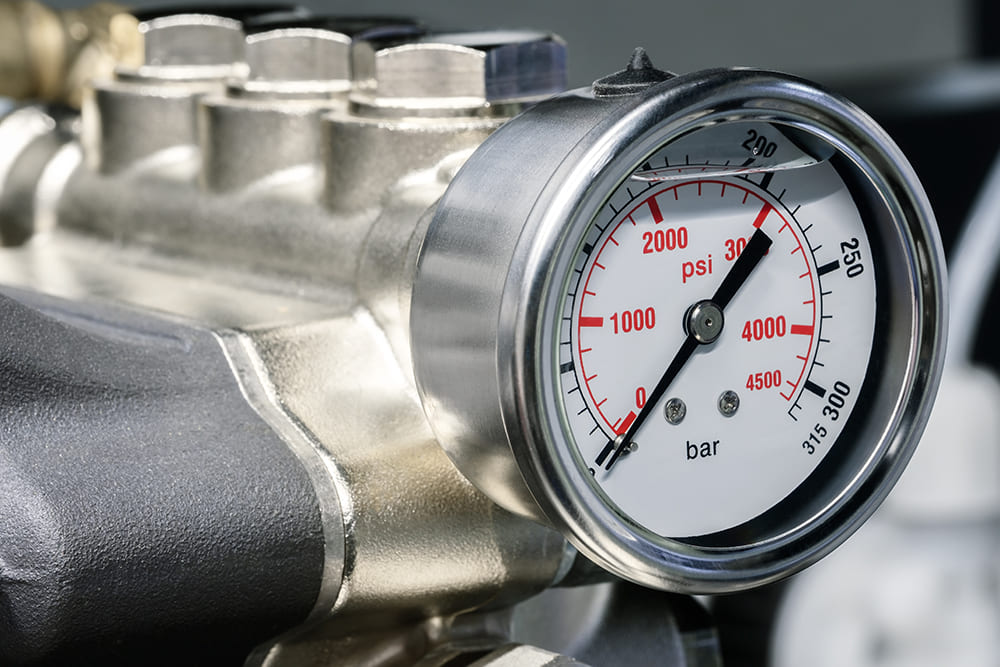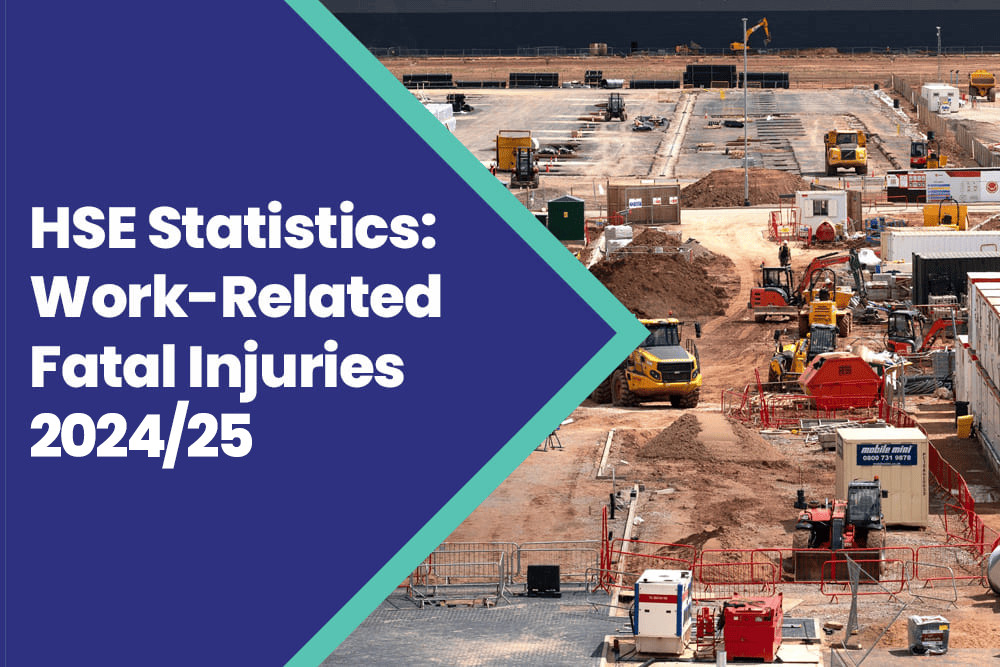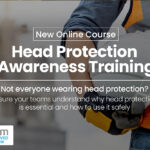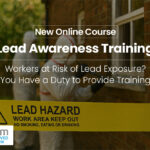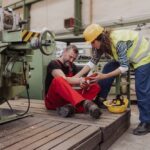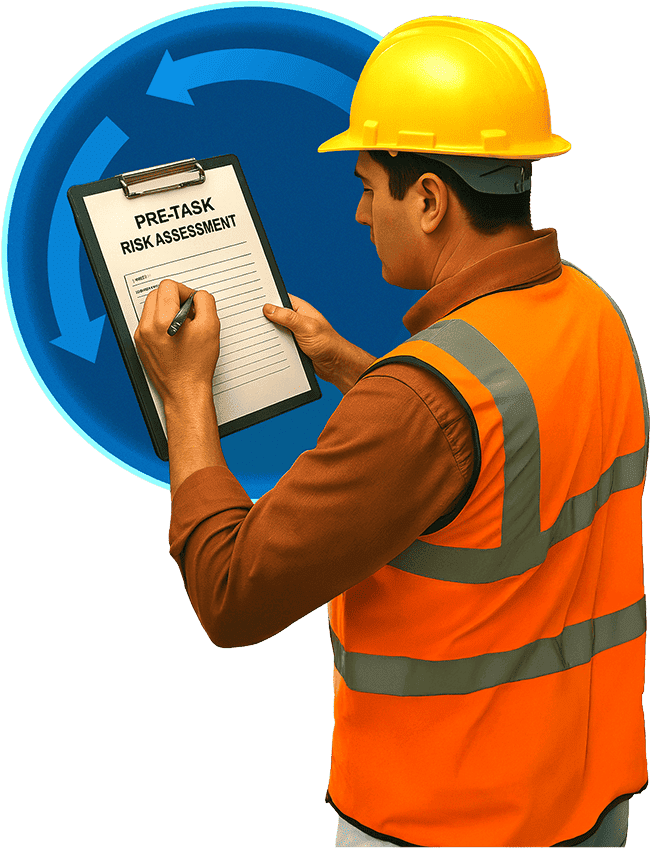
Nobody goes to work thinking it’ll be their last day alive. Around 59% of work-related deaths could’ve been prevented with adequate first aid training, according to a study by the British Red Cross.
A primary survey helps detect the immediate threats to life and puts an injured person in the safest position possible until emergency professionals arrive. Once they’re stable, a first aid secondary survey should be carried out.
But what is the secondary survey and how do you go about doing it? This guide explains.
Calling for Help Is Just the Beginning
Training covering what to do if someone’s choking, suffering from a severe allergic reaction or experiencing a cardiac arrest can be the difference between life and death. Even if injuries aren’t life-threatening, acting quickly helps reduce the severity of the injury and subsequent recovery period.
The first step is conducting a primary survey. This is a quick, systematic check to identify and treat any life-threatening conditions. It follows the DRABC steps:
- Danger – Check for any hazards to yourself, the casualty, or others before approaching.
- Response – Assess whether the casualty is responsive by speaking to them or gently shaking their shoulders.
- Airway– Ensure the casualty’s airway is open and clear. Tilt the head back and lift the chin if needed.
- Breathing – Look, listen and feel for normal breathing for up to 10 seconds.
- Circulation – Check for signs of circulation, such as movement, normal breathing or signs of bleeding. If absent, begin CPR immediately.
Once a primary survey has been completed, you’ve called for help and dealt with any life-threatening conditions, you can move on and do a secondary survey.
Secondary Surveys
St John’s Ambulance describes the first aid secondary survey as a methodical check to assess a responsive casualty for any other injuries or illnesses.
Any further information you discover will be of great help to the emergency professionals when they arrive on the scene. It helps them to quickly decide what treatment to administer going forward.
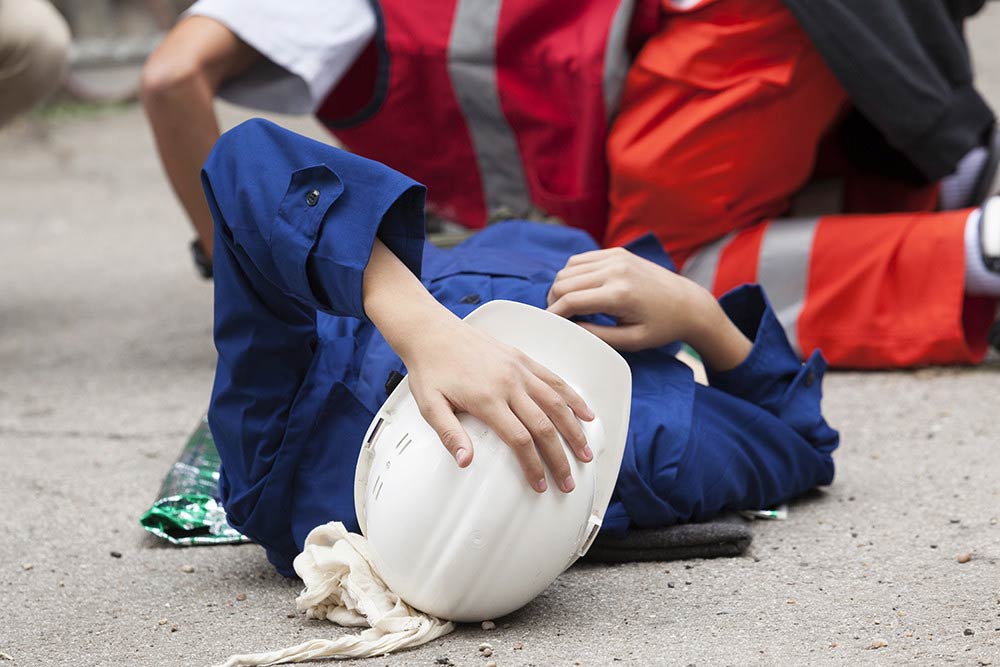
How Do You Carry Out A Secondary Survey?
The acronym DR ABC is used to carry out a primary survey. Secondary surveys follow SAMPLE, which stands for:
S – Signs and Symptoms
Signs – Look, feel, listen and even smell for any signs of injury. This could be swelling, bleeding, deformity, unusual smells and discolouration. Compare the injured side of the body to the uninjured side.
Check if they can move their limbs or stand. Take note of any other superficial injuries you discover, so you can attend to them afterwards.
Symptoms – Speak to the casualty and ask them simple questions about what they’re experiencing, such as:
- Are you in any pain?
- Where is the pain?
- When did the pain start?
- Can you describe the pain?
- Does the pain get worse when you move or breathe?
Pay close attention to their answers.
A – Allergies
Does the casualty have any allergies? This may be food allergies or allergies to medications such as aspirin or penicillin.
M – Medication
Ask them if they’re currently taking any medication.
P – Previous Medical History
What is their medical history? Do they suffer from epilepsy or diabetes? Are they carrying an injury or have they recently had surgery?
L – Last Meal/Drink
What was the last thing that they ate or drank and when did they have it?
E – Event History
What happened? How did they come to be in this state? Is it due to a health condition or did they have an accident? If they’re unsure, ask any bystanders if they witnessed the incident.
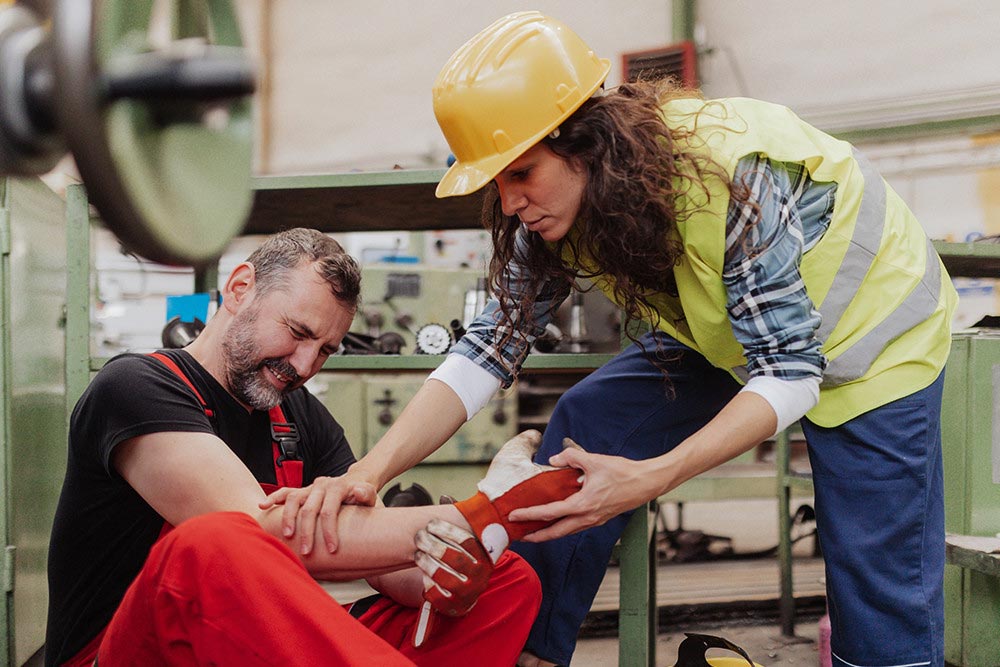
Why the Secondary Survey Matters
The secondary survey helps build a more complete picture of the casualty’s condition after the primary survey has ruled out life-threatening issues. It allows you to identify hidden injuries, monitor changes in condition and pass accurate information to emergency services. This step is especially valuable when dealing with conscious casualties or during long wait times for medical help.
When to Begin a Secondary Survey
You should only carry out a secondary survey once you’re confident that the casualty’s airway is open, they are breathing, and there is no immediate threat to life. It’s suitable for both responsive and unresponsive casualties, as long as you’ve addressed any urgent needs identified during the primary survey.
Recording Your Observations
If the casualty is conscious and consents, use your phone or a notepad to record their answers. Emergency responders rely on this information to make informed treatment decisions. Be clear and concise. For example, note:
- “Pain in lower right abdomen, sharp and constant, started 20 minutes ago.”
- “Allergic to penicillin – carries EpiPen.”
Using SAMPLE Alongside a Head-to-Toe Check
While using SAMPLE to gather information, you can also conduct a head-to-toe physical check for any signs of injury. Start from the head and move down the body, looking for swelling, bruising, wounds or abnormalities. Be gentle and explain what you’re doing if the casualty is conscious.
Communicating with Emergency Services
Once you’ve completed the secondary survey, summarise your findings for the paramedics when they arrive. Sharing details like the casualty’s medical history, medication, and how the incident occurred saves valuable time and supports effective care.
What Are the Employers' Legal Duties?
Under the Health and Safety (First-Aid) Regulations 1981, employers must provide adequate and appropriate first aid equipment, facilities and personnel at work. Workplace first aid and the legal duties for employers and employees are covered in detail in our previous blog.
The Human and Financial Cost of Not Having First Aid – Case Study
In 2010, an Australian-owned, metal products manufacturer was found guilty under the Occupational Health and Safety Act 2004 and fined $163,500 for failing to seek first aid assistance for an injured worker, who subsequently died from their injuries.
Back in 2008, the worker had sustained a head injury after falling to the ground when hit by a forklift truck. At the time, there were no qualified first aiders on site. An ambulance was not called and the only first aider who had previously been trained (way back in 1984) was not alerted to the incident until it was too late.
The Magistrate who handed down the sentence described the company’s failure to seek help from the only first aider in the business as ‘outrageous’, despite their certificate being way out of date.
In a case like this, employees with simple first aid awareness training that covered both the primary and secondary survey could have saved the worker’s life.
Learn About the First Aid Secondary Survey and More
The example in the case study above shows how important first aid training is. First aid training can mean the difference between going home safely, in a healthy condition at the end of the work day, or not going home at all.
Our online first aid training course is designed to refresh your first aiders with the skills gained during practical first aid training. It covers a variety of first aid situations and what to do to ensure the casualty is best taken care of. It’s RoSPA assured and breaks down first aid legislation into understandable portions.


































































































